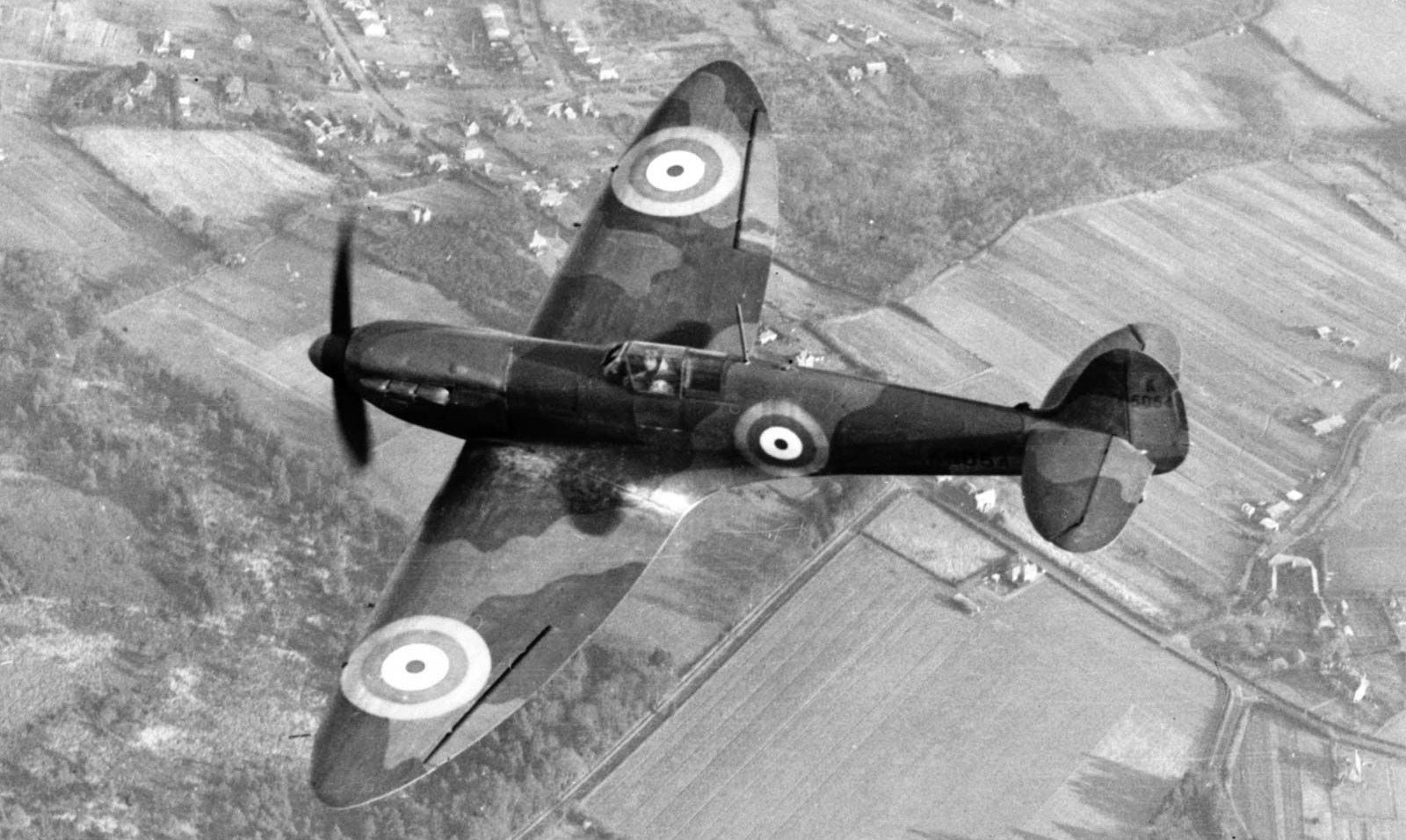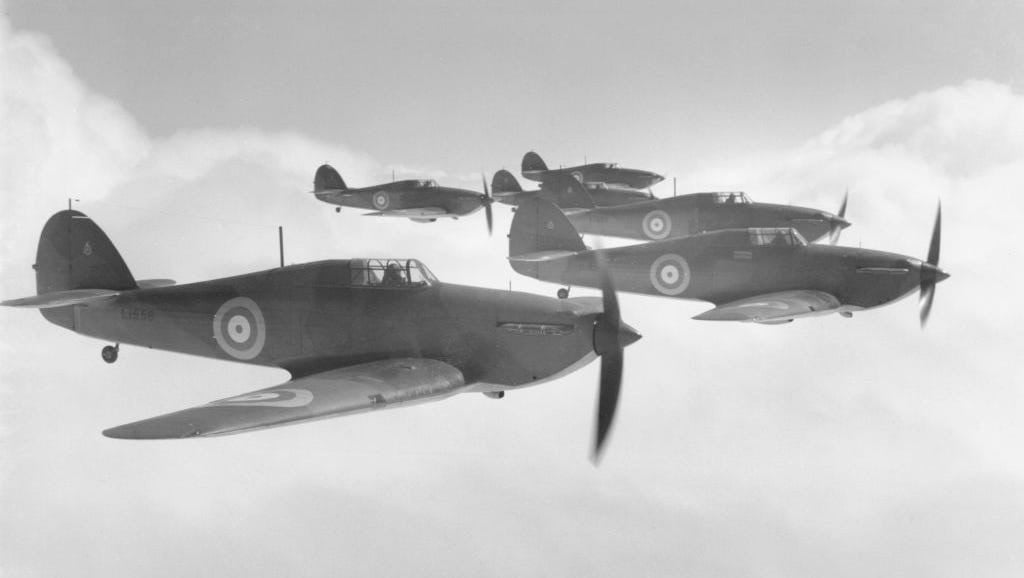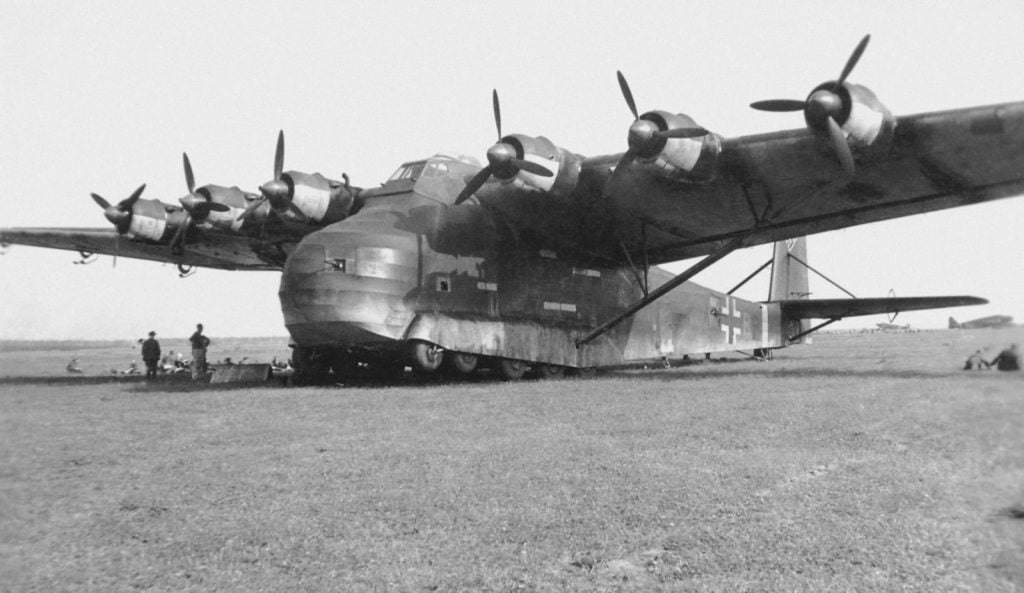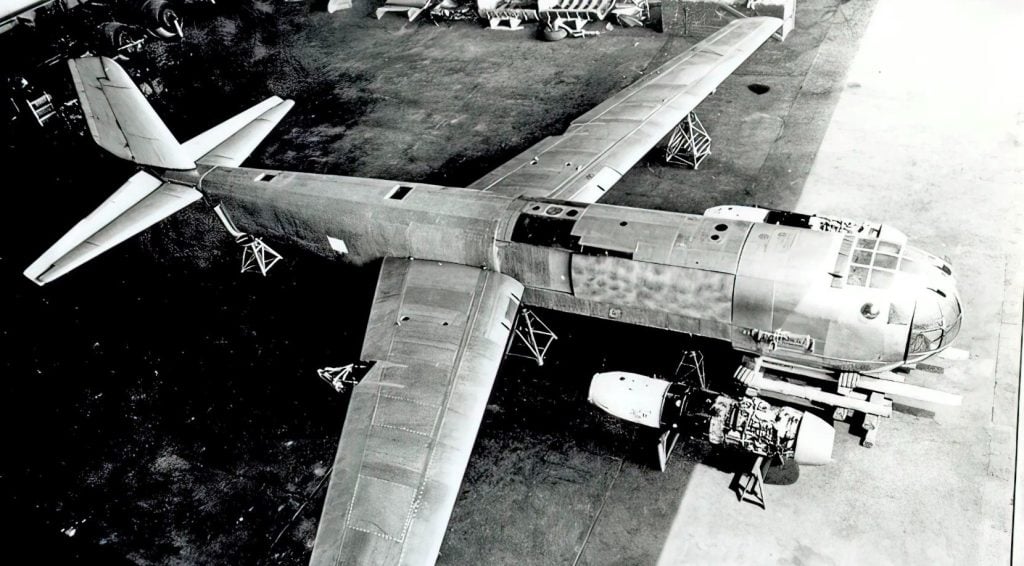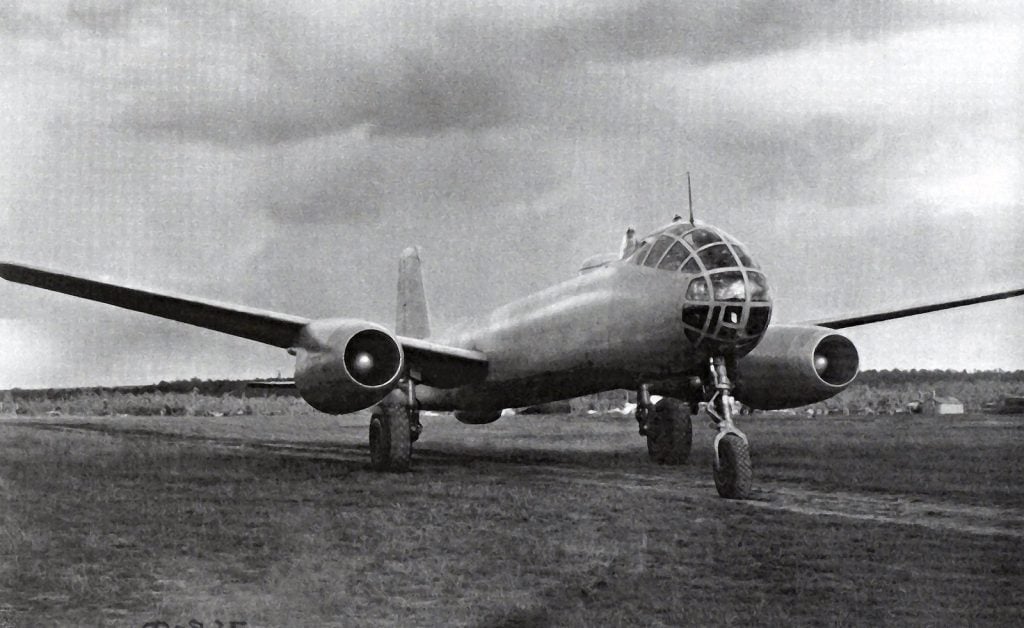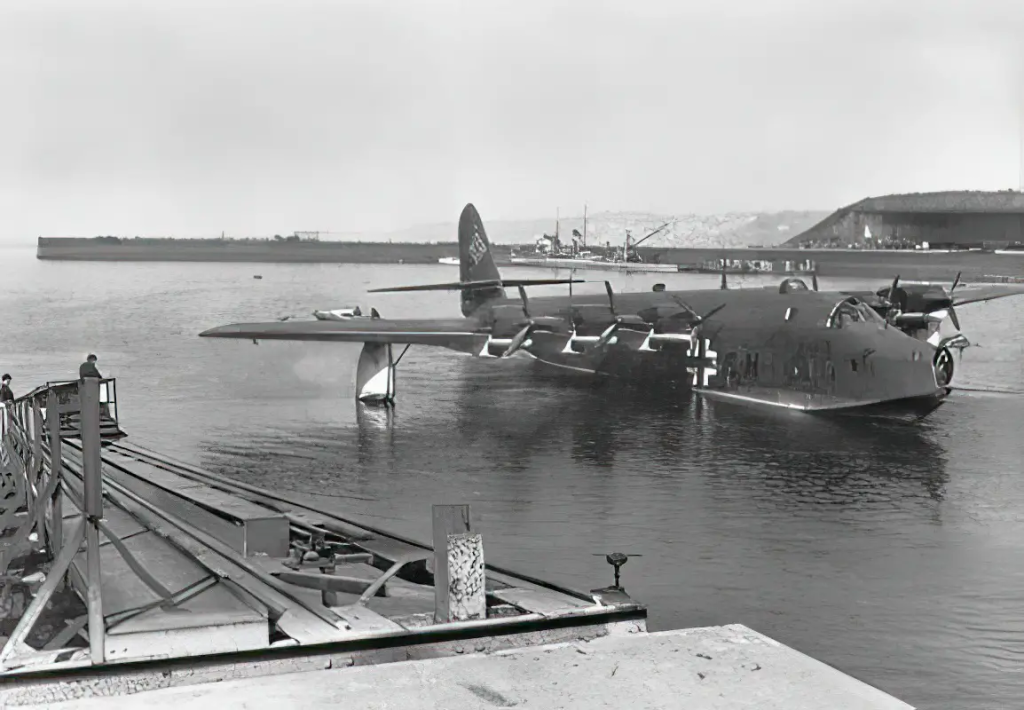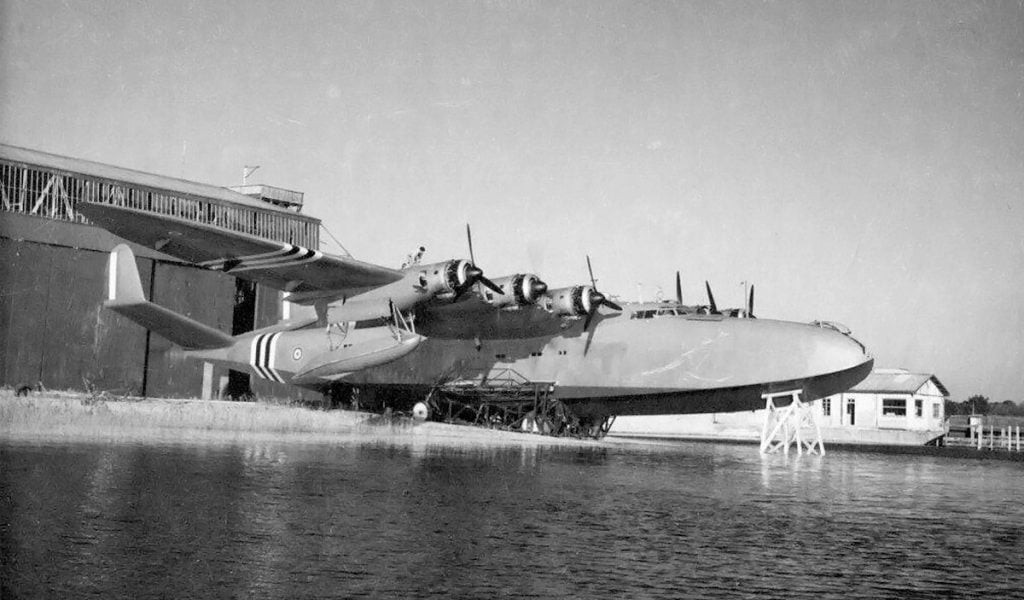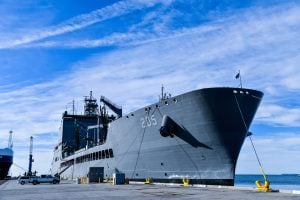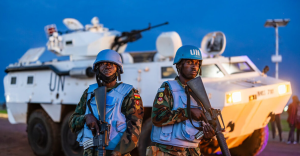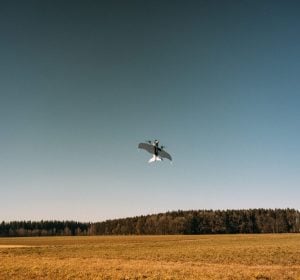The Second World War witnessed the emergence of some of the most remarkable and technologically advanced aircraft in history. Among these, the six-engine planes stand out as true engineering marvels, pushing the boundaries of what was possible in aviation. These colossal airframes, built by both Allied and Axis powers, were designed to tackle the increasingly complex logistical challenges of a global conflict. From heavy transport to strategic bombing, these six-engine behemoths played a pivotal role in shaping the course of the war.
In this comprehensive article, we will delve into the stories of 5 Legendary 6-Engine Planes of World War II. We will explore their design, performance, and the crucial roles they played in the conflict, uncovering the fascinating history and engineering feats behind these iconic warbirds.
5 Top Axis Bomber Planes of WWII
1. The Messerschmitt Me 323 “Gigant”
The Messerschmitt Me 323 “Gigant” stood out as the largest land-based transport aircraft to see operational service during World War II. With an impressive wingspan of 181 feet and a maximum takeoff weight of nearly 95,000 pounds, this six-engine behemoth was a testament to German engineering prowess.
Designed to address the Axis’s pressing need for heavy airlift capabilities in the Mediterranean theater, the Me 323 made its maiden flight in January 1942 and entered service later that year. Its primary role was to transport vital supplies and equipment across the sea, supporting the beleaguered Afrika Korps under the command of the legendary Field Marshal Erwin Rommel.
Despite its massive size, the “Gigant” proved to be a capable and reliable transport, capable of carrying up to 130 fully-equipped troops or a payload of over 13 tons. The aircraft’s six Gnome-Rhône 14N radial engines, each producing over 1,100 horsepower, provided the necessary power to lift the colossal airframe off the ground.
While no complete Me 323 airframes survive today, a testament to the aircraft’s significance is the presence of a main wing spar in the collection of the Luftwaffenmuseum der Bundeswehr in Berlin. Additionally, a well-preserved wreck of an Me 323 lies submerged in the waters off the coast of Sardinia, Italy, serving as a poignant reminder of the Gigant’s wartime service.
2. The Junkers Ju 287
Departing from the traditional design philosophy of the era, the Junkers Ju 287 stood out as a remarkable and innovative aircraft. Featuring a forward-swept wing configuration and jet propulsion, the Ju 287 was one of the few jet-powered aircraft to be built during World War II.
Designed by Philipp von Doepp, the Ju 287 was envisioned as a tactical jet bomber for the Luftwaffe. With a maximum speed of 347 mph and a range of nearly 1,000 miles, the aircraft represented a significant leap in performance compared to its contemporaries.
While only two complete Ju 287 airframes were built, the project’s impact on aviation history cannot be overstated. The forward-swept wing design, which was intended to improve maneuverability and stability, was a bold and innovative approach that would later influence the development of modern jet fighters.
Sadly, the Ju 287’s promising potential was never fully realized. The program was cut short by the advancing Soviet forces, which overran the Junkers plant and captured the partially completed prototypes. Nevertheless, the Ju 287 stands as a testament to the innovative spirit of German aircraft designers during the war, paving the way for future advancements in jet technology.
3. The OKB-1/Junkers EF-131
The story of the OKB-1/Junkers EF-131 is a fascinating example of the cross-pollination of aircraft design between the Axis and Allied powers. This unique aircraft was a direct descendant of the Junkers Ju 287, but with a distinctly Soviet twist.
After the capture of the Junkers factory in Dessau, the Soviet Union set out to develop its own version of the forward-swept wing jet bomber. Utilizing the salvaged components and documentation from the Ju 287 program, the Soviets built the first prototype of the EF-131, which made its maiden flight in 1947 – two years after the end of the war.
The EF-131 retained the basic airframe design of the Ju 287, but with several key modifications. The fuselage was slightly lengthened, and the crew was increased to three. Most notably, the aircraft was powered by six Junkers Jumo 004 turbojet engines, providing a significant boost in performance with a top speed of 530 mph.
Despite its impressive specifications, the EF-131’s development was plagued by structural issues and the rapid advancement of Soviet jet engine technology. By the time the aircraft’s teething problems were resolved, it had already become obsolete, and the program was terminated in 1948.
The EF-131 stands as a fascinating example of the technological exchange and rivalry between the former Axis and Allied powers in the aftermath of the war. It serves as a testament to the enduring legacy of the Junkers Ju 287 and the ingenuity of both German and Soviet aircraft designers.
4. The Blohm & Voss BV 222 “Wiking” and BV 238
Amidst the vast array of six-engine aircraft that emerged during World War II, the Blohm & Voss BV 222 “Wiking” and the BV 238 hold a unique place. These massive seaplanes were designed and produced by the Blohm & Voss shipbuilding company, leveraging their expertise in maritime engineering.
The BV 222 “Wiking” was the larger of the two, with a wingspan of 150 feet and a maximum takeoff weight of over 108,000 pounds. Powered by six Junkers Jumo 207C diesel engines, the “Wiking” was the largest flying boat to achieve operational status during the war. Despite facing numerous challenges, including being the largest aircraft to be shot down during the conflict, the BV 222 managed to earn the distinction of being the largest aircraft to down an enemy plane.
The BV 238, on the other hand, was an even more impressive feat of engineering. With a wingspan of 197 feet and a maximum takeoff weight of over 220,000 pounds, it was the heaviest aircraft produced by any of the Axis powers during the war. Tragically, the sole completed BV 238 was partially sunk and then scrapped shortly after the end of hostilities, denying posterity the chance to marvel at this engineering marvel.
While none of these massive seaplanes survived the war, their legacy lives on as testament to the ambition and technical prowess of the Blohm & Voss team. The discovery of the well-preserved wreck of the BV 222 “Wiking” in the depths of a Norwegian fjord serves as a poignant reminder of the scale and grandeur of these six-engine behemoths that once graced the skies.
What Makes Stealth Technology So Effective?
5. The Latécoère 631
Amidst the predominantly German-designed six-engine aircraft of World War II, the Latécoère 631 stands out as a unique French contribution. This civil transatlantic flying boat was conceived and built by the Groupe Latécoère, a renowned French aircraft manufacturer.
Designed in 1936 and ordered in 1938, the Latécoère 631 was envisioned as a 40-passenger airliner with a range of 2,500 miles. Its development was initially halted by the outbreak of the war, but production resumed after the Armistice of 1940 under the Vichy French regime.
Powered by six Gnome-Rhône P.18 engines, each producing 1,650 horsepower, the Latécoère 631 made its maiden flight in November 1942. However, the prototype was soon confiscated by the German Luftwaffe and destroyed in an air raid by RAF Mosquito fighters in 1944.
Despite this setback, a second Latécoère 631 took to the skies in 1945, powered by six Wright Cyclone engines. This aircraft managed to survive for a decade after the war’s end, but the type ultimately failed to gain widespread commercial success due to its unreliability and uneconomical operation.
While the Latécoère 631 may not have achieved the same level of notoriety as its German counterparts, it nonetheless stands as a testament to the French aviation industry’s resilience and ingenuity during the tumultuous years of World War II. Its inclusion in this list underscores the diverse range of six-engine aircraft that defined the conflict.
Will 6th-Gen Fighter Jets Be Piloted by Humans?
Conclusion
The six-engine aircraft of World War II represent some of the most ambitious and technologically advanced feats of engineering in the history of aviation. From the massive transport capabilities of the Messerschmitt Me 323 “Gigant” to the innovative design of the Junkers Ju 287 and the sheer scale of the Blohm & Voss seaplanes, these colossal warbirds played a crucial role in shaping the course of the conflict.
While not all of these six-engine marvels survived the war, their legacies live on as symbols of the human drive to push the boundaries of what is possible. These aircraft stand as testaments to the ingenuity, resourcefulness, and technological prowess of the aviation pioneers who designed and built them, leaving an indelible mark on the history of aerial warfare.
As we explore the stories of these legendary six-engine planes, we are reminded of the profound impact that innovation and engineering can have on the course of history. These aircraft serve as inspirations for future generations of aviation enthusiasts, engineers, and historians, who will undoubtedly continue to uncover the fascinating narratives that lie within the annals of aviation history.
FAQs
Q1: How many Messerschmitt Me 323 “Gigant” aircraft were built?
A total of 198 Messerschmitt Me 323 “Gigant” aircraft were built, plus an additional 15 that were converted from the Me 231 glider.
Q2: What was the maximum speed of the Junkers Ju 287 jet-powered aircraft?
The Junkers Ju 287 had a maximum speed of 347 mph (558 km/h) at an altitude of 20,000 feet (6,000 meters).
Q3: How many Blohm & Voss BV 222 “Wiking” and BV 238 aircraft were built?
The Blohm & Voss BV 222 “Wiking” had 13 aircraft built, while the BV 238 had only 1 complete aircraft built, with 2 additional incomplete prototypes.
Q4: What was the range of the Latécoère 631 civil transatlantic flying boat?
The Latécoère 631 was designed with a range of 2,500 miles (4,000 kilometers).
Q5: Which aircraft was the largest to be shot down during World War II?
According to the information provided, the Blohm & Voss BV 222 “Wiking” was the largest aircraft to be gunned down during the war.
